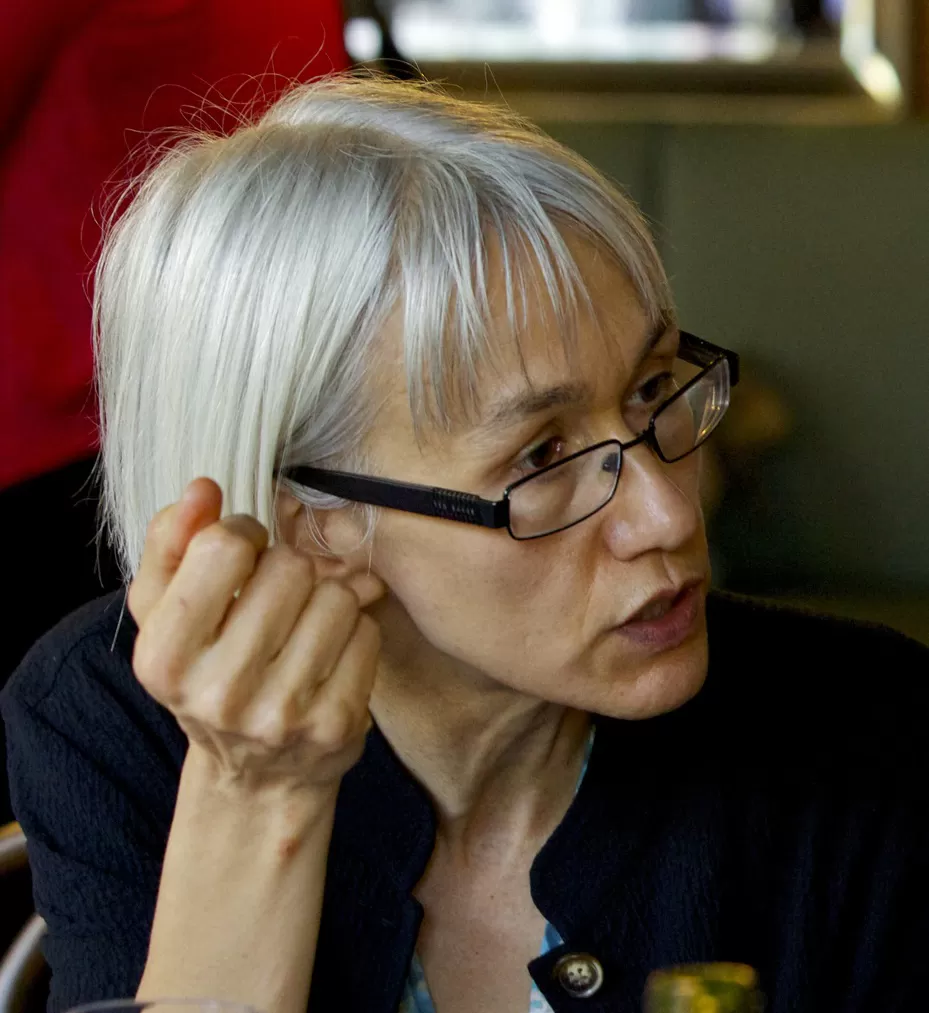Trained in planning and architecture, Ann Forsyth is a professor of urban planning at the Harvard Graduate School of Design. From 2007-2012 she was a professor of city and regional planning at Cornell. She taught previously at at the University of Minnesota, directing the Metropolitan Design Center (2002-2007), Harvard (1999-2002), and the University of Massachusetts (1993-1999) where she was co-director of a small community design center, the Urban Places Project. She has held short-term positions at Columbia, Macquarie, and Sydney Universities. Ann Forsyth’s work focuses on the social aspects of physical planning and urban development. The big question behind her research and practice is how to make cities more sustainable and healthy. Forsyth’s contributions have been to analyze the success of planned alternatives to sprawl, particularly exploring the tensions between social and ecological values in urban design. Several issues prove to be the most difficult to deal with in planning better places and provide a focus for some of her more detailed investigations: suburban design more generally (sense of place, overall layout) and other aspects of healthy places (walkability, social diversity, housing, green space, food). Forsyth received her B.Sc. in Architecture from the University of Sydney, an M.A. in Urban Planning from UCLA, and a Ph.D. in City and Regional Planning from Cornell.
Planning Faculty Blogs
<span style="widows: 2; text-transform: none; text-indent: 0px; border-collapse: separate; font: medium 'Times New Roman'; white-space: normal; orphans: 2; letter-spacing: normal; color: #000000; word-spacing: 0px; -webkit-border-horizontal-spacing: 0px; -webkit-border-vertical-spacing: 0px; -webkit-text-decorations-in-effect: none; -webkit-text-size-adjust: auto; -webkit-text-stroke-width: 0px" class="Apple-style-span"> <div style="background-color: #ffffff; font-family: Verdana, Arial, Helvetica, sans-serif; font-size: 10px"> <p class="MsoNormal"> <span>One of my first posts back in 2007 dealt with planning faculty blogs (see </span><a href="/node/24748" target="_blank">http://www.planetizen.com/node/24748</a>).<span class="Apple-converted-space">
Plans, Places, and Processes: Do You Need to Travel to Understand Them?
<span style="widows: 2; text-transform: none; text-indent: 0px; border-collapse: separate; font: medium 'Times New Roman'; white-space: normal; orphans: 2; letter-spacing: normal; color: #000000; word-spacing: 0px; -webkit-border-horizontal-spacing: 0px; -webkit-border-vertical-spacing: 0px; -webkit-text-decorations-in-effect: none; -webkit-text-size-adjust: auto; -webkit-text-stroke-width: 0px" class="Apple-style-span"><span style="font-family: Verdana, Arial, Helvetica, sans-serif; font-size: 10px" class="Apple-style-span"> <p class="MsoNormal"> <span>In recent blogs I have written about places and plans in many different locales and through time. Students often ask, “do I need to visit places to know about them”?
Planning History: A Few of the City and Metropolitan Plans You Should Know
<span style="widows: 2; text-transform: none; text-indent: 0px; border-collapse: separate; font: normal normal normal medium/normal 'Times New Roman'; white-space: normal; orphans: 2; letter-spacing: normal; word-spacing: 0px; -webkit-border-horizontal-spacing: 0px; -webkit-border-vertical-spacing: 0px; -webkit-text-decorations-in-effect: none; -webkit-text-size-adjust: auto; -webkit-text-stroke-width: 0px; color: #000000" class="Apple-style-span"><p style="background-color: #ffffff; font-family: Verdana, Arial, Helvetica, sans-serif; font-size: 10px" class="MsoNormal">Last month I highlighted some important <a href="/node/44923" target="_blank">places</a> in the history of planning. Responding to student requests, this month I turn to plans.
Planning History: A Few of the Late 19th and 20th Century Places you Should Know
<p style="margin-top: 0in; margin-right: 0in; margin-bottom: 0pt; margin-left: 0in" class="MsoNormal"><span style="font-size: small"><span style="font-family: 'Times New Roman'"><span>Earlier blogs have explored books and journals for finding out about the basics of planning <a href="/node/43730" target="_blank">history</a>. In this blog I add to this by listing a just </span>few of the places it is important to recognize as a planner. It is of course difficult to make such lists but students ask for them with some frequency. Of course, places are one thing and planning processes quite another--and in planning process is very important. Upcoming blogs will deal with plans and processes.</span></span> </p>
Finding Information about Planning: What Do Faculty Do?
<span style="color: black"><span style="font-size: small"><span style="font-family: Times New Roman">Planning students are often told to find good information. How to do that is becoming both simpler, due to various search engines and databases, and more complex, given the amount of information available.

























